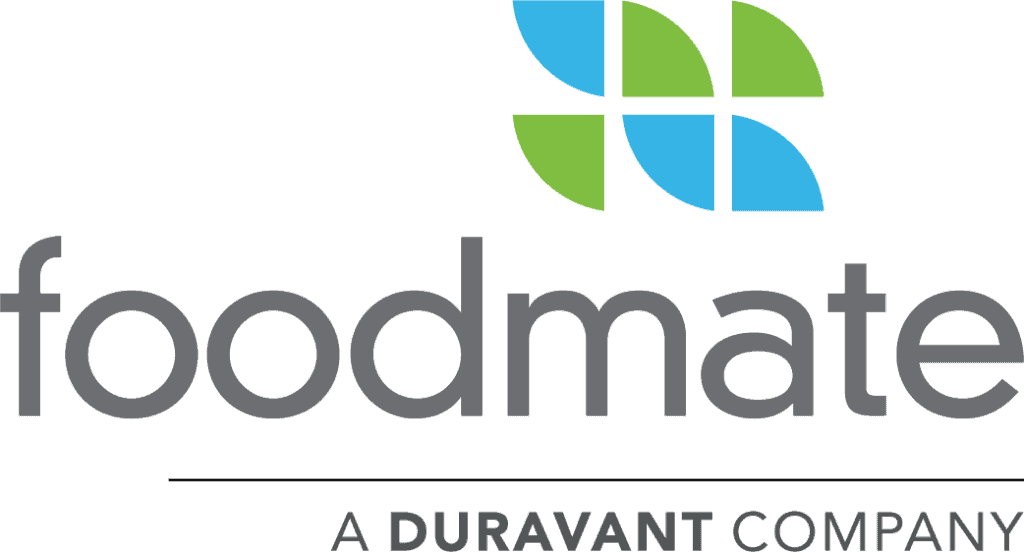The Duravant family of operating companies serve the food processing, packaging and material handling segments.
Two Years Later: The Lasting Impacts of COVID-19 on Consumers’ Eating Habits
02/14/2022
In early 2020, the global COVID-19 pandemic made an immediate and dramatic impact on nearly every industry worldwide. While some changes have proven to be more temporary, other shifts that took place during the pandemic may have turned into permanent changes the industry continues to address.
In the height of the pandemic, the sudden boom in work-from-home activity created massive shifts in buying behaviors – with health and safety protocols in restaurants and grocery chains upending the entire supply chain.
Shifting Snack and Eating Habits
In its 2020 Food & Health Survey, the International Food Information Council (IFIC) reported that 85% of Americans have made at least some change in the food they eat or how they prepare it because of the coronavirus pandemic. In addition, 60% of US consumers surveyed reported cooking at home more.
They also said they are simply thinking about food more than usual, citing increases in snacking and eating more pre-made meals from their pantry or freezer. A full 32% of respondents reported increased snacking. Not surprisingly, fewer responded to eating healthier than usual, indicating a trend in increased consumption of comfort foods.
A year later, in its 2021 survey, the same group found that many of those pandemic trends were beginning to recede.
The percentage of people noting higher snack consumption dropped from 32% to 18%, while the number of people eating more premade meals from the pantry or freezer dropped from 19% in 2020 to just 11% in 2021.
Online Shopping Here to Stay
One trend that has not changed as the pandemic has persisted is the growth of online shopping for food products, which has continued to grow substantially.
In the group’s 2019 study, 27% of Americans reported shopping for food online at least monthly. That grew to 33% in 2020 and then continued to expand to 42% in 2021.
The continued growth in online food shopping may lead more and more manufacturers to shift their packaging equipment toward ecommerce fulfillment, through Amazon and other online channels.
Wellness and Innovation Top Future Trends
As consumers continue to work their way back from their snack-heavy pandemic habits, the IFIC says that wellness is one of its core food consumption trends for 2022.
During the past 10 years, the group has seen the percentage of American consumers who are aware of federal dietary guidelines double. And more and more consumers are proactively shopping for packaged food products which have whole grains, fiber, or other healthier attributes.
A continued lack of travel will also continue to provide a tailwind to many new, exotic, or innovative food products – many of which are delivered via ecommerce, ghost kitchens, or pop-up retail locations.
The next major trend in food packaging and its delivery to store shelves may be the continued impact of sustainability and sustainable packaging. More than 40% of consumers said that their individual choices about food and drink made a significant impact on the environment. As that continues to grow – and the deadline for corporate mandates regarding recyclable materials begin to approach – it will remain a key focus of the industry.
https://foodinsight.org/2020-food-and-health-survey/
https://ific.org/media-information/press-releases/2021-food-health-survey/











